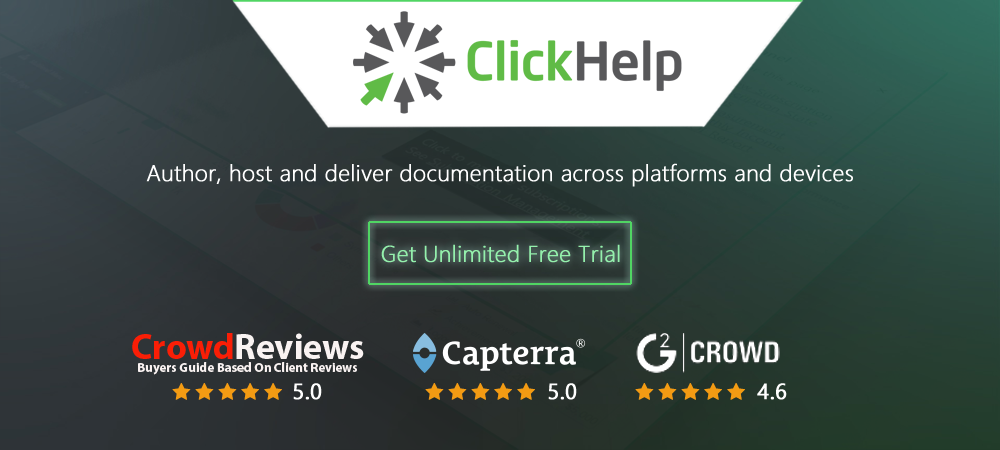Quite a while ago, technical documentation became accessible online for many products. And, it was an important step in the evolution of technical writing. People didn’t have to store printed technical documentation anymore. In case a device was out of order, they didn’t have to organize a search party for that old I-was-sure-it-was-in-that-drawer user manual. A stable Internet connection became enough.
Now, mobile traffic is changing the game. People have started using smartphones more than personal computers, and, with all the smartphones have to offer, no wonder.
It is only natural that more and more people are reading online technical documentation on their phones. While this number continues growing, technical writers have no choice but to adapt to readers’ needs.

What Statistics Say
The statistics portal statista.com mentions that the share of global web pages opened via mobile phones increased from 0.7% in 2009 to 52.5% in 2018. These numbers are incredible. In Asia, in 2017, 65.1% of all Internet traffic was mobile. And, there’s no reason for this trend to stop or even slow down.
We won’t get too much into ‘how convenient this is to have the whole Internet inside your pocket’. There are other reasons for this phenomenon. For example, the mobile Internet is very popular in Africa (59.5 percent as of 2017) since building landline connections is too expensive for some regions. Another reason is, of course, the smartphones themselves, and all the work the devs keep putting in the OS UX.

Secret to Adapting Online Documentation Portals
It is safe to say that most of the basic web content translates well into mobile.
In the case of online technical documentation, however, things can get a bit more complicated due to content specifics.
The solution for this is simple — using a help authoring tool that will adapt all your online documentation for you.
One of the main difficulties here is adapting screenshots and images so they look good on a phone. ClickHelp has unique algorithms that successfully tackle this problem — this online documentation tool automatically resizes all images so you don’t have to worry about this.
Another stumbling block is adapting tables to the mobile format. And, again, in case of ClickHelp, this is taken care of.
There’s even more good news for ClickHelp users — our online portal pages and all ready documentation templates come with mobile styles. So, everything will look great in your online documentation portal out-of-the-box on any mobile device.

Conclusion
It feels like not all documentation teams are concerned about their mobile readers having a better experience with user manuals yet. But the mobile traffic growth will soon change that.
All predictions for the upcoming years play out in favor of mobile traffic’s continued increase and this fact for sure will affect technical writing, as well.
Good luck with your technical writing!
ClickHelp Team
Author, host and deliver documentation across platforms and devices
Source: https://medium.com/level-up-web/adapting-technical-documentation-for-mobile-devices-2e7aaa1b160
Written by
ClickHelp
ClickHelp – Professional Online Technical Writing Tool. Check it out: https://clickhelp.com/online-documentation-tool/
Level Up!
Stories for technical writers, web developers and web designers. It’s time to level up your skills!

